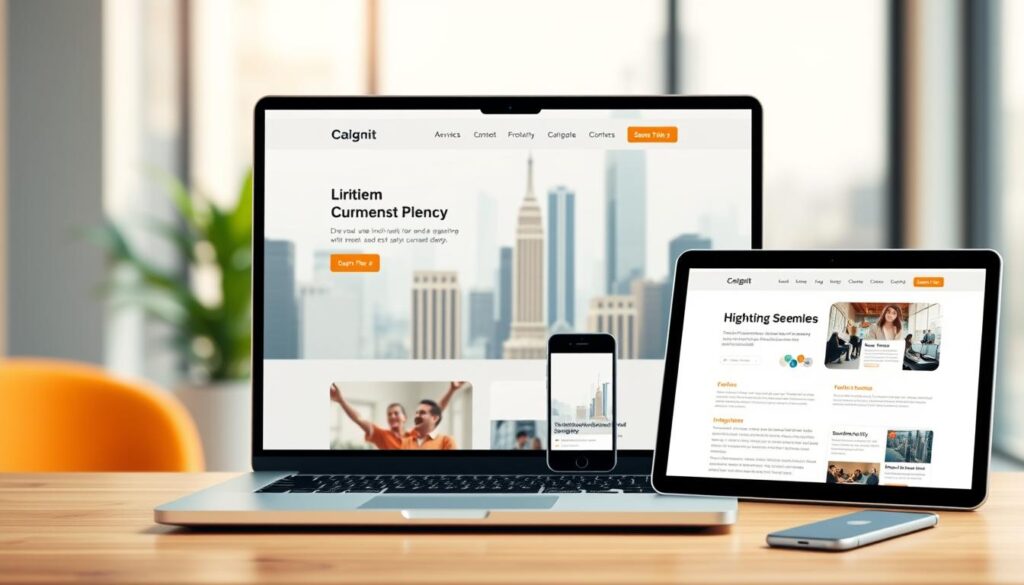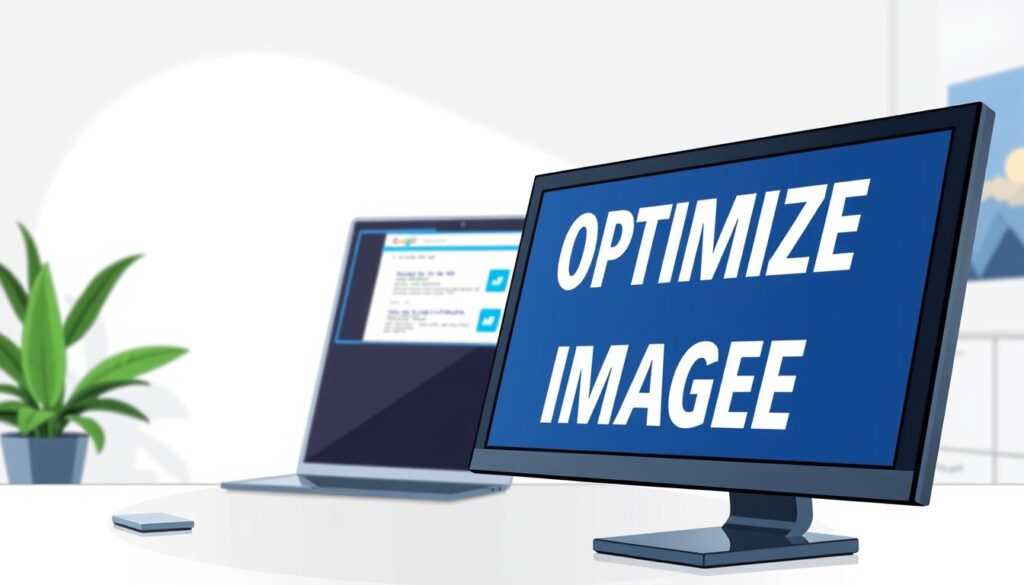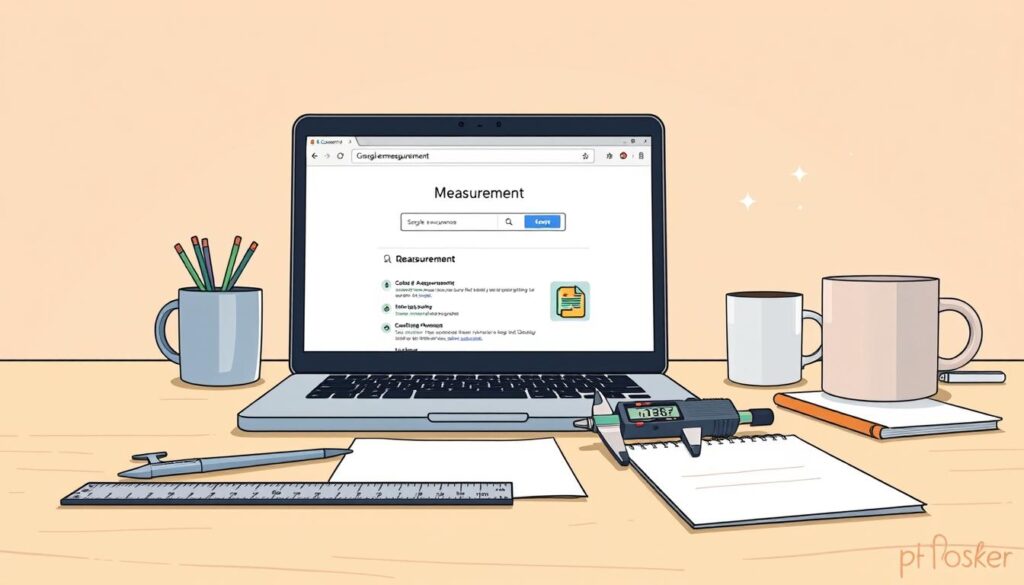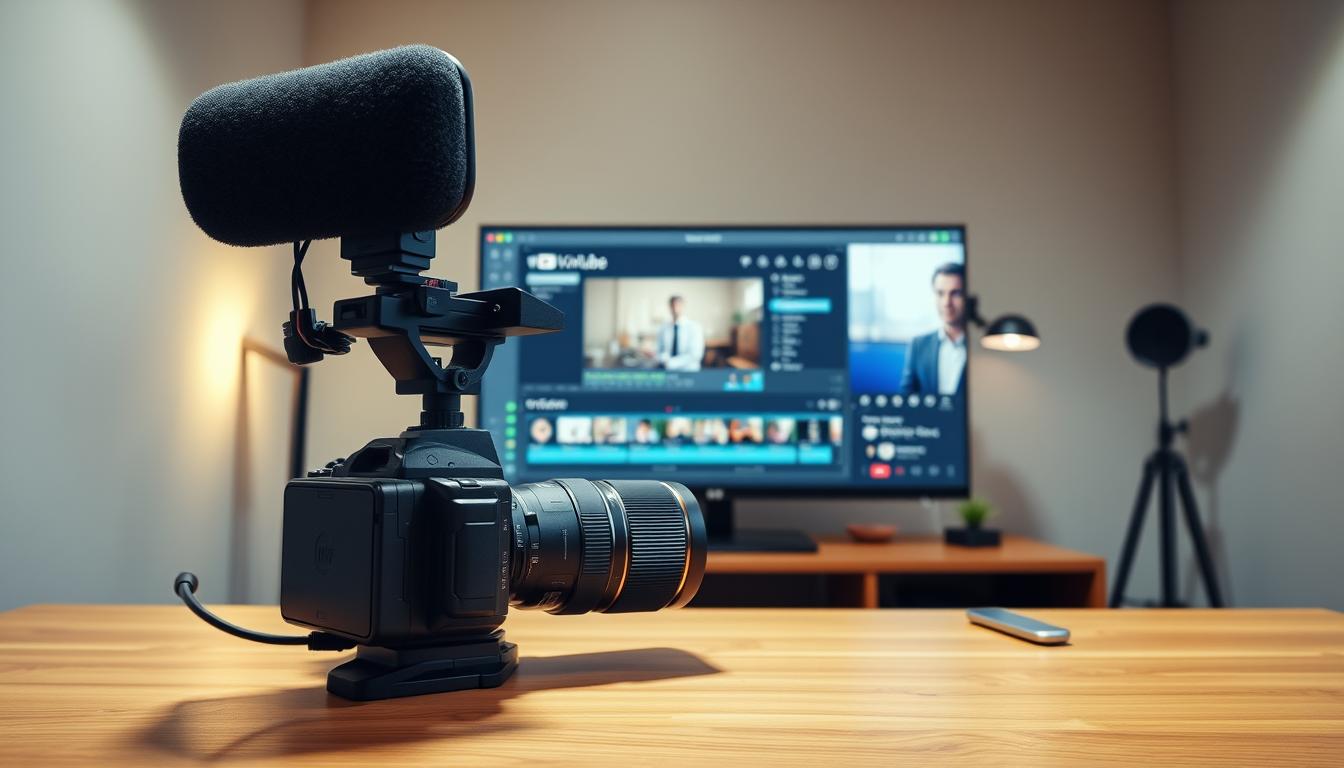Quick Summary: To dominate search in 2025, focus on 10 core practices: aligning content with user intent, hitting Core Web Vitals benchmarks, leveraging schema markup types, and building authority through ethical backlinks. Prioritize mobile-first indexing and helpful content to satisfy E-E-A-T standards.
68% of online experiences start with a search engine, and the top result grabs roughly a third of clicks.
This shows how a small shift in ranking can change how many people find your website. You and we must treat search as a long game. Expect weeks to see movement and months to win competitive terms.
Focus on fundamentals: align content to user intent, make pages crawlable, and boost page speed so users stay. Build trust with clear answers, cite sources, and mark up information for machines.
Prioritize high-upside moves: pick realistic keywords, tidy internal links, and write titles and snippets that win clicks without changing ranking.
Key Takeaways
- Search drives most visits; small ranking gains yield big traffic boosts.
- Treat search engine optimization as ongoing work, not a one-time fix.
- Match content to intent and make your website fast and crawlable.
- Optimize titles and snippets to increase clicks on existing results.
- Track Search Console and analytics weekly to spot issues early.
Why SEO matters right now: aligning with user intent and Google’s Search Essentials
Right now, aligning content to what people actually search for drives real traffic and trust. We must meet expectations quickly with clear information, simple page layout, and a comprehensive E-E-A-T checklist to demonstrate Expertise, Experience, Authoritativeness, and Trustworthiness.
Informational intent in the present: what searchers expect to see
When people seek information, they want concise definitions, step‑by‑step guidance, visuals, and trustworthy sources near the top. Give answers first, then expand with details and examples.
Signals Google needs: crawl, index, and understand
- Allow rendering: let Google load CSS and JS so pages render like real users see them.
- Check indexing: use site:yourdomain.com to confirm pages are indexed; submit URLs in Search Console if needed.
- Reduce duplicates: use rel=canonical or redirects for duplicate pages to focus signals on one URL.
- Snippets matter: write clear titles and meta descriptions that match search intent and improve clickthroughs.
- Structure for clarity: use headings, a short intro, and an outline so search engines and people grasp scope fast.
Expect changes to take weeks or months. Track impressions, clicks, and positions and iterate. These simple steps help your website work with search engines and deliver results for real users.
Deliver superior UX with Core Web Vitals and Page Experience

Performance is part of the promise you make to visitors. Meeting standard Core Web Vitals benchmarks—LCP, FID, and CLS—is critical for how fast and stable your page feels. Good thresholds are LCP ≤ 2.5s, FID ≤ 100ms, and CLS ≤ 0.1. Meeting those numbers improves user experience and supports better search results.
Largest Contentful Paint: faster loads with CDNs, compression, and preloading
Target a fast LCP: compress assets, serve media via a CDN, and preload hero images and critical CSS so main content appears quickly. Use modern image formats like WebP or AVIF and responsive srcset to cut payloads.
First Input Delay and responsiveness: streamline JavaScript
Minimize blocking scripts. Cut unused JavaScript, defer non-critical code, and split bundles to lower FID. Consider Web Workers and caching to keep interactivity snappy on real devices.
Cumulative Layout Shift: reserve space and stabilize layouts
Define width and height for images and ad slots. Avoid injecting elements above content after load. Test for CLS on phones and tablets to catch shifts that frustrate users.
Mobile-first realities in the United States
Google uses mobile-first indexing, so design and test for common U.S. devices and networks. Check touch targets, font sizes, and slow connections. This is especially vital for successful Local SEO strategies, where users demand instant, location-specific answers.
- Monitor field data (CrUX) and set Core Web Vitals alerts.
- Improve server response with caching, HTTP/2 or HTTP/3, and edge delivery.
- Pair strong performance with relevant content: speed helps retention but content wins intent.
Master search intent and keyword research before you write

Begin with user queries: the words and phrases people use reveal the shape of useful content. Start by building a seed list of topics, then expand into long-tail phrases and LSI keywords that match real questions.
Map keywords to intent: classify terms as informational, navigational, commercial, or transactional. Match page type to intent—guides for information, comparisons for commercial queries, and product pages for transactional searches.
Use long-tail variants to capture qualified users and realistic rankings
Long-tail keywords (three or more words) tend to be less competitive and can rank faster. Use Google autocomplete and People Also Ask to discover variants. Tools like Ahrefs reveal content gaps and low-difficulty opportunities.
| Intent | Example phrase | Page format |
|---|---|---|
| Informational | how to set up email marketing for small business | Step-by-step guide |
| Navigational | Mailing list dashboard login | Category or login page |
| Commercial | best email marketing tools comparison 2025 | Comparison article |
| Transactional | buy email marketing subscription monthly | Product / checkout page |
- Choose one target keyword per page and support it with related terms.
- Validate SERP alignment: model format and intent of top results.
- Revisit keyword research quarterly to capture seasonal or local shifts in the United States.
Create people-first content that satisfies BERT and earns trust
Start pages with a clear answer so readers and algorithms grasp the point in one glance. Lead with the takeaway, then expand with steps, examples, and a brief definition.
Write in plain language. Use short headings and lists so users can scan. Keep paragraphs tight and sentences active. This helps models like BERT understand natural context and intent.
Write naturally and structure for scannability
Open with the answer. Follow with an outline of what you will cover.
- Use descriptive subheads that reflect the question you answer.
- Make lists and numbered steps for how-to guidance.
- Add advanced tips after a beginner-friendly section.
Back claims with credible sources and original insight
Demonstrate quality by citing reputable studies, linking to data, or sharing your own results. If you reference a stat, date it and refresh it regularly.
Include short charts, diagrams, or screenshots to clarify complex information. End pages with clear next steps or related links so users can go deeper without leaving confused.
Technical on-page optimization that moves the needle

Practical tweaks to titles, meta descriptions, and URL slugs make content clearer for readers and crawlers.
Write a unique title tag that states the page’s value and reflects the target keyword and intent. Pair it with a concise meta description that explains the benefit and invites a click. Keep both natural and avoid stuffing repeated keywords.
Use short, descriptive URL slugs. Group similar pages in folders to show topic clusters to a search engine and to people navigating your website.
- Ensure heading order and alt text are present for accessibility.
- Design readable layouts: roomy spacing, legible fonts on mobile, clear visual hierarchy.
- Place the primary keyword naturally in title, H1, first paragraph, and one subhead—without forcing repetition.
When to consolidate or redirect
Remove thin or duplicate content. Consolidate overlapping pages and redirect retired URLs to the strongest page. This focuses signals and makes the site easier to crawl. Consult a step-by-step Google Search Console tutorial if you are unsure how to check your indexing status and redirects.
“Unique, descriptive titles and useful meta descriptions help pages stand out in results.”
| Element | Action | Why it matters |
|---|---|---|
| Title | Unique, intent-focused, include target keyword | Improves relevance and click likelihood |
| Meta description | Summarize benefit, subtle CTA, keep under ~160 chars | Can boost CTR when aligned with page content |
| URL slug | Short, descriptive, avoid IDs | Helps users and engines understand the page |
| Markup & layout | Proper headings, alt text, ARIA, mobile-friendly fonts | Improves accessibility and readability |
Use structured data where it fits and add internal links with descriptive anchors. Track changes in Search Console to see how titles and descriptions affect impressions and clicks. For a practical on-page guide, review on‑page content guidance.
Internal linking and site architecture that clarify relevance

Smart internal links guide users to related content while concentrating authority on priority pages.
Start with a map. Group supporting pages under a clear pillar to consolidate signals and steer visitors. Spencer Haws found that after adding internal links to 47 articles (no content updates), 76.6% saw improved Google positions. That shows how targeted link moves can shift results.
Use descriptive anchor text so people and search engines know what the destination covers before they click. Prioritize orphan pages by adding links from relevant, high‑traffic pages to improve discoverability.
- Place important links higher in the content to boost click rate and crawling priority.
- Build breadcrumbs to show hierarchy and help users backtrack on your website.
- Audit links regularly: fix broken paths, update outdated anchors, and remove redundancies.
A note of caution: John Mueller warns that excessive internal links can dilute structure. Link where it adds value. Use rel=”nofollow” on UGC or untrusted links to avoid passing signals to unknown destinations.
“Use descriptive anchor text and nofollow for untrusted/UGC links.”
Track changes and watch impressions and average position for target pages. Combine internal linking with clean navigation and an up‑to‑date sitemap so engines crawl important areas more often.
Structured data, schema markup, and winning rich results

Adding clear schema lets search engines read your page like a human does and present richer snippets. Use JSON-LD and relevant Schema markup types that match your content so machines and users see relevant details quickly.
Answer concisely near the top. For featured snippets and zero‑click visibility, offer a 40–60 word summary, a short list, or a simple table. Search interfaces often pull these formats for instant answers.
Markup to add
- Article: add headline, author, date, and mainEntityOfPage to qualify for article results.
- Breadcrumb: mark your path so engine results show a clean trail and boost click confidence.
- Image: include ImageObject with caption and license to improve thumbnails and Discover eligibility.
Enable large thumbnails: implement the Max Image Preview meta tag and use high‑quality images near related text with descriptive alt text.
“Keep structured data accurate and validate with Google’s Rich Results Test; fix warnings quickly.”
Track performance in Search Console enhancements. Refine headings and snippet formatting as competitors change to keep rich results working for your website.
Optimize images and video for search and user experience

Good visuals make pages faster and clearer. Name files with descriptive, human-friendly phrases (for example: organic-dog-food-grain-free.jpg). Write alt text that explains what the image shows and why it matters to the page.
Compress and serve modern formats like WebP or AVIF. Use responsive sizes and lazy loading for below-the-fold media to cut initial payload. Tools like TinyPNG and built-in build pipelines help shrink files without visible quality loss.
Video moves the needle. Video can drive 41% more search traffic and 157% more organic traffic from SERP. Create short clips from top blog content, add a clear title, and embed the video near related text on the page.
- Filename & alt: descriptive names and role-focused alt text.
- Compression: WebP/AVIF and responsive sizing.
- Lazy load: defer below-the-fold media to speed the site.
- Video launch: strong title, thumbnail, tags, and promotion in the first 24 hours.
- Schema: add VideoObject, transcripts, and a brief summary on the landing page.
| Asset | Action | Benefit |
|---|---|---|
| Image file | Descriptive filename, alt text | Improves accessibility and context for search |
| Image format | Use WebP/AVIF and responsive sizes | Smaller payload, faster LCP |
| Media loading | Lazy load below-the-fold | Faster initial render, better user experience |
| Video | Custom thumbnail, title, embed near related text | Higher engagement and more SERP visibility |
Track results. Use Search Console to monitor image and video impressions. Refresh screenshots and product images when interfaces change. Small updates keep your website credible and help content stay relevant.
Target long‑tail keywords and build topical authority with entities

Focusing on specific queries lets your pages answer real user needs and build authority. An entity-based approach links related concepts so search systems can map your site’s expertise in knowledge graphs.
Start small: publish a series of tightly related posts that define terms, compare options, and show real use cases. This cluster signals depth and helps your website rank for niche queries faster. Analyzing successful semantic search examples often reveals how these entity connections strengthen overall relevance.
Cover related concepts to strengthen semantic relevance
Use long-tail keyword variants to capture qualified visitors while you expand coverage. Interlink pages with descriptive anchors so engines and users see the relationships between topics.
- Build topic clusters around core entities and link them logically.
- Add glossaries or FAQs to centralize definitions and attract informational queries.
- Enrich content with examples, images, tables, and short videos to support different learning styles.
- Apply consistent terminology and schema to help machines connect your pages to knowledge graph entries.
“Measure impressions and coverage for related terms to confirm topical authority is improving.”
Maintain editorial standards: fact-check, cite sources, and update older posts. Align your seo strategy with business goals so entities map to products and services that matter to your audience.
Ethical link acquisition and content promotion that scales

Smart promotion turns useful pages into link magnets that editors willingly reference. High-value backlinks from relevant, authoritative sites still move the needle for your website. Focus on relevance, editorial quality, and long-term value rather than quick schemes.
Earned links via high‑value content, outreach, and partnerships
Create linkable assets: original data, templates, calculators, and deep guides attract natural references. Pair each asset with a short pitch that shows why it helps an editor’s readers.
Research competitor backlinks with tools like Ahrefs to find repeatable placements. Use HARO and guest contributions to earn citations from reporters and niche publishers.
- Pitch value-led outreach that highlights unique findings using well-crafted backlink outreach templates.
- Promote via email, social, and communities to diversify referral sources.
- Join podcasts, roundups, and webinars to expand reach and attract editorial links.
Track referring domains, link quality, and assisted conversions to judge impact beyond vanity metrics. Refresh top assets and re-promote timely data so links keep arriving.
“Avoid manipulative link schemes; focus on relevance and user value.”
Measurement, audits, and continuous improvement

Track measurable signals so you know which changes truly move the needle. Use Search Console and Analytics as your core feedback loop. Google notes that changes can take weeks or months to affect search results, so patience and consistent checks matter.
Monitor Search Console and analytics; expect changes to take weeks
Review Search Console weekly. Watch impressions, clicks, average position, and coverage errors that block indexing. Pair those metrics with Analytics to see engagement and conversions so you optimize for traffic and business outcomes.
Site audits for speed, broken links, duplicate content, and canonicals
Run quarterly technical audits. Use PageSpeed Insights, Lighthouse, or GTmetrix for performance and Core Web Vitals. Use Ahrefs or Screaming Frog to find broken links, duplicate pages, redirect chains, and missing tags.
Content updates, gap analysis, and sitemap hygiene
Maintain sitemap hygiene: include only indexable, valuable URLs and resubmit after major updates. Do content gap analysis to find missed keywords and add targeted sections to existing pages.
Refresh outdated content with new data, screenshots, and examples to preserve ranking and trust. Track which changes correlate with improvements, then document learnings in an actionable backlog.
“Expect meaningful results to require several weeks or months depending on competition and crawl cycles.”
- Weekly: Search Console checks for coverage and performance.
- Quarterly: Full technical audit and Core Web Vitals prioritization for high-traffic templates.
- Ongoing: Content gap work, sitemap updates, and a prioritized backlog of fixes.
seo best practices for what’s next: SGE, voice, and answer engines
A new wave of answer engines is changing how people get quick, spoken, and synthesized information. This shift makes voice search optimization more critical than ever.
Make short, trustworthy answers your lead. Place a concise summary at the top that an engine can quote directly. Follow with clear steps or examples so readers who want depth can keep reading.
- Write quotable summaries: one or two high-confidence sentences your page can export into an engine results snippet.
- Map conversational queries: add FAQs in natural speech and suggested follow-ups to match voice search.
- Use schema markup: clarify entities, authorship, and content type so generative systems interpret your information reliably.
- Show trust: cite sources, add last-updated dates, and keep consistent editorial standards.
- Include multimedia: images, short clips, and charts that answer visually for users and engines.
“Answer engines reward clarity and accuracy—focus on utility, not tricks.”
Conclusion
Finish strong: convert what you learned into clear, weekly tasks that move metrics.
Recap: keep Core Web Vitals within target (LCP ≤ 2.5s, FID ≤ 100ms, CLS ≤ 0.1), prioritize mobile user experience, and use internal links—a 47‑article test saw 76.6% improved positions after targeted linking.
Focus on one target keyword per blog post and pair it with smart keyword research. Layer fast templates, clear titles and meta, and structured data so pages serve users and engines.
Action list: speed one template, refresh one post, add schema to one page, and earn one quality link each week. Give changes a few weeks to settle, then iterate from your results.
FAQ
What are the essential steps to improve my website’s visibility in search results?
Start by aligning content with user intent, doing focused keyword research, and optimizing title tags, meta descriptions, and URL slugs. Improve page experience with fast loads (LCP), low input delay (FID), and stable layouts (CLS). Use schema markup for rich results, compress and add alt text to images, and build internal links that clarify topic relevance. Monitor Search Console and analytics to measure impact and adjust.
How do I match content to informational search intent?
Identify the exact question searchers ask and deliver a clear, scannable answer near the top of the page. Use headings, bullet lists, and concise paragraphs so readers find the answer fast. Support claims with reputable sources, and add structured data where helpful to improve chances of featured snippets and zero‑click visibility.
What technical fixes move the needle fastest for page experience?
Reduce server response time with CDNs and caching, compress images, and preload critical assets to lower Largest Contentful Paint. Minimize main-thread work and defer nonessential JavaScript to improve responsiveness. Reserve space for images and embeds to prevent layout shifts. Test on real mobile devices and run Core Web Vitals audits regularly.
How should I map keywords across the buyer journey?
Categorize keywords by intent: informational for learning, navigational for brand or page discovery, commercial for comparisons, and transactional for purchase. Use short, high-volume terms to drive awareness and long‑tail variants to capture qualified visitors who are closer to conversion. Organize content clusters around core topics to build topical authority.
What role does structured data play in modern search visibility?
Structured data helps search engines understand page content and enables enhanced features like article markup, breadcrumbs, and image previews. Proper schema increases odds of snippets, rich cards, and Discover eligibility. Focus on concise, factual answers and mark up relevant elements (article, FAQ, product, image) to improve SERP appearance.
How do I optimize images and video for both users and search engines?
Use descriptive filenames and alt text that reflect the content. Compress files to balance quality and load speed, and implement responsive image attributes. For video, host on platforms like YouTube with clear titles and descriptions, embed responsibly to avoid heavy page weight, and add schema markup for video objects.
What internal linking strategy should I use to strengthen content relevance?
Link from high‑authority pages to related content using descriptive anchor text that signals context. Keep the site structure shallow so important pages are reachable in a few clicks. Avoid over‑linking; prioritize links that help users navigate and establish topical relationships across the site.
How often should I run site audits and update content?
Run technical audits quarterly and after major updates or migrations. Monitor Core Web Vitals and Search Console continuously. Update content based on gap analysis, fresh data, or shifting intent—typically every 3–12 months depending on topic competitiveness and performance.
Are long‑tail keywords still worth targeting for small businesses?
Yes. Long‑tail terms attract more qualified visitors and are easier to rank for, especially in competitive niches. They often reflect clear intent and convert better. Build content that answers specific questions and connects related concepts to strengthen semantic relevance.
How should I measure success and set realistic timelines?
Track organic clicks, impressions, rankings for target keywords, engagement metrics, and Core Web Vitals. Use Search Console and Google Analytics for trends. Expect meaningful ranking improvements to take weeks or months; technical fixes can yield faster user‑experience gains, while content authority builds over time.
What is the ethical way to earn backlinks that scale?
Focus on creating high‑value content that naturally attracts links, such as original research, useful tools, and in‑depth guides. Combine outreach, partnerships, and PR to promote assets. Avoid manipulative link schemes; earned links from reputable sites deliver sustained referral traffic and credibility.
How will answer engines and AI-driven search change optimization?
Answer engines and conversational assistants prioritize concise, trustworthy answers and structured data. To prepare, craft direct answers, provide clear evidence, and use schema to mark up facts. Optimize for natural language queries and focus on user trust, since these systems rely on authoritative, well‑structured content.



